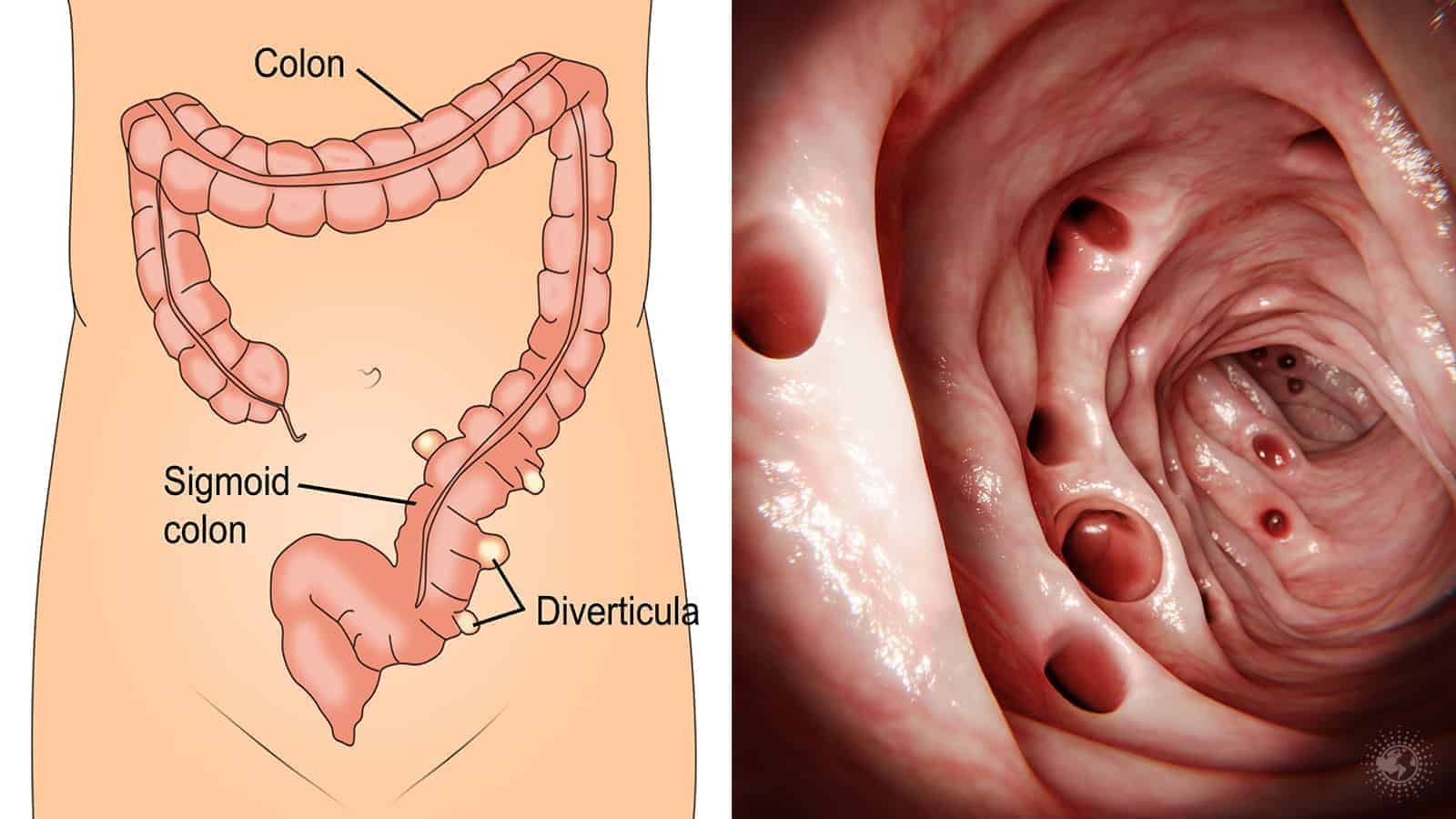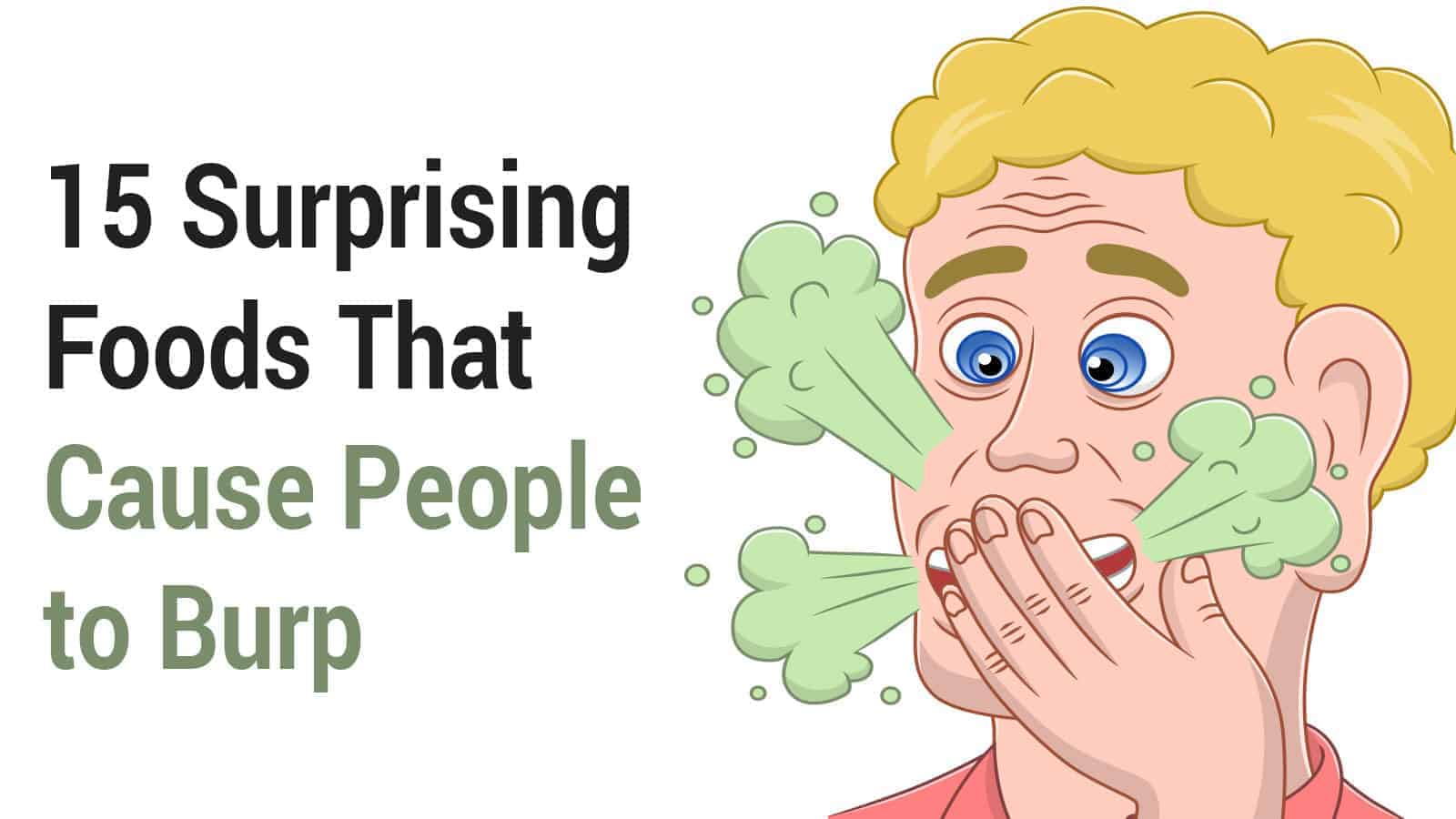Diverticulitis is a condition that causes inflammation of the digestive tract, and the symptoms of diverticulitis are painful and uncomfortable. Small pouches may form on the large intestine that becomes infected or inflamed, ultimately leading to this condition.
Diverticulitis is a type of colitis, which is an inflammatory bowel disease. If it isn’t treated or eased, it can lead to serious complications that may require surgery.
As mentioned before, the symptoms of diverticulitis are painful. They are easy to identify if you know what you are looking for. Although you may already suspect this is what you are suffering from, you should always get a professional diagnosis.
Once you know the symptoms, knowing how to beat it is important. Learning to alleviate the symptoms is essential if you suffer from this condition. It’s also worth noting that self-diagnosis can be tricky, so you should see your primary care physician for an appropriate diagnosis.
The Seven Primary Symptoms of Diverticulitis
- Constant pain for several days – most often in the lower left side of the abdomen, but sometimes it is more painful on the right side.
- Nausea and vomiting
- Fever
- Tenderness of the abdomen
- Constipation
- Cramping that goes away after you have a bowel movement or pass gas
- Bright red blood in your stool
Diverticulitis Risk Factors
Below are a few factors that increase the odds of developing this condition:
- Aging, those over the age of 40 are most at risk
- Obesity
- Smoking
- Sedentary lifestyle
- A diet high or low in fiber
- Use of medications such as steroids, opioids, ibuprofen, or naproxen sodium
Natural Remedies to Ease the Symptoms of Diverticulitis
Want to know how you can deal with diverticulitis? You might consider these useful home remedies.
1 – Liquid Diet
When symptoms flare up, it was recommended that you take on a liquid diet. This doesn’t mean you can only drink water, luckily. Some of your liquid diet food and drink options include:
- water
- coffee
- tea
- fruit juice with no pulp
- soft drinks
- sports drinks
- chicken or beef broth
- popsicles with no fruit pieces
- gelatin without added fruit pieces
Once you have been on a liquid diet, it’s important to ease back into solid foods gradually. If you don’t do it gradually, it’ll cause the symptoms to flare up again.
2 – Follow Fiber Intake Guidelines
It’s essential to have a healthy amount of this nutrient in your diet. Consuming too much or not enough can cause symptom flare-ups or worsening symptoms. There is a very fine line that you have to be careful not to cross.
According to the Institute of Medicine, a person should consume between 19 and 28 grams daily. The exact amount will depend on your age and gender. On average, it is 15 grams for every 1,000 calories consumed.
If your intake is too high, you must adopt a diet with less of this nutrient. Some of the foods you can choose that are low in fiber include:
- fruits without seeds or skin
- cooked vegetables without seeds or skin
- eggs
- dairy products
- white bread, pasta, or rice
- specialty cereal
- cooked red meat
Remember, even if you are trying to reduce your fiber intake, you still need a healthy amount of this nutrient. Without enough, you could become constipated, which causes bulging in the intestine. This could increase the chances that an inflamed pouch will form.
So, if you need to consume more than you currently do, you’ll need to find foods that contain more. Some of the most common high-fiber foods include the following options:
- vegetables with the skin
- fruits with the skin
- grains
- high-fiber cereal
- beans
- lentils
- almonds
- popcorn
3 – Increase Your Vitamin D Intake
Research published by the National Institutes of Health shows that higher Vitamin D levels can help with symptoms of diverticulitis. Those who do not consume enough Vitamin D will find their symptoms are worse. It is recommended that adults consume around 15 micrograms per day, and many people fall short of the goal.
You can increase your vitamin D levels through sun exposure, but use sunscreen with SPF. Or, you can increase your daily intake of vitamin D by eating the following foods:
- fatty fish
- eggs
- cheese
- Vitamin D-fortified foods such as cereal, milk, margarine, or orange juice
4 – Use a Heating Pad
When the symptoms of diverticulitis become painful, you can apply a heating pad to help. If you don’t have a heating pad, you can use a hot water bottle instead.
Ensure you use a low setting on an electric heat pad to prevent burns. If you are using a hot water bottle, place a towel around it.
5 – Exercise More
A couple of reasons are that more exercise can help remedy the painful symptoms. The first reason is that exercise causes the body to release endorphins, which are natural pain relievers.
Another reason is that exercise has anti-inflammatory effects, which was proven in a 2019 study. You should get at least two and a half hours of exercise each week to be effective.
Exercise doesn’t have to be terrible. You can choose many fun activities to help you reach your exercise goals. These include:
- walking
- water aerobics
- swimming
- dancing
- gardening or another form of yard work
- playing tennis
- riding a bike
6 – Drink Water
As stated before, having a healthy intake of fiber is essential when it comes to this condition. Water is just as important because it works with the essential nutrient.
With fiber and water, your stool will become soft and bulky, making it easier to pass through your colon. If you don’t drink enough water, the nutrient can cause you to become constipated instead of working in your favor.
7 – Lose Weight
Being obese can increase your chances of developing diverticulitis. Plus, being overweight can make symptoms worse.
Those who are obese have more adipose tissue, which releases cytokines, causing inflammation. Obese people also tend to have intestinal microflora, which plays a role in developing this condition.
8 – Avoid Foods that Make it Worse
Those suffering from diverticulitis often have certain foods that worsen their symptoms. Some of the foods that harm one person may not affect another. So, please keep track of what you’ve eaten to help narrow it down when a flare-up occurs.
While the foods that cause flare-ups differ for everyone, certain foods are often the culprits. These foods include:
- certain fruits, including apples, pears, and plums
- dairy
- fermented foods, including sauerkraut and kimchi
- beans
- cabbage
- brussels sprouts
- onions
- garlic
9 – Use Probiotics
Offering good bacteria, probiotics help keep your digestive tract healthy. You can get probiotics in capsule form, tablet, or powder form. Probiotics are also found in yogurt, so yogurt is a good option if dairy products don’t negatively affect you.
10 – Drink Aloe Vera Juice
Aloe vera can help prevent constipation. It also can relieve pain and ease cramping, both of which are symptoms of diverticulitis. Just two ounces a day can help you beat the condition.
11 – Consume Green Tea
Since green tea has an anti-inflammatory property, it can help relieve the symptoms. It also has antiviral and antibacterial properties, which can further lessen inflammation. The antiviral and antibacterial properties also lessen your risk of infection.
12 – Essential Oils
Lavender oil offers pain relief when applied topically, and diluted with a carrier oil. When diffused or put into bath water, it helps with relaxation and reduces pain. Relaxation may ease your symptoms, and the pain relief will help you feel better.
13 – Acupuncture
This practice is known to relieve pain and reduce symptoms of many conditions. Diverticulitis is one of the conditions it can help with.
An acupuncturist will assess you to determine any excesses or deficiencies of qi or energy in your body. Once the individualized assessment is done, they’ll put thin needles through your skin at specific points. This can help promote gastrointestinal health, which eases symptoms of this condition and prevents flare-ups.
14 – Supplement with Barley Grass
Barley is full of nutrition and can help treat inflammation and digestive problems. It is full of other nutrients, as well, making it a good overall option. Barley grass helps detoxify your body, contributes to internal cleaning, and aids tissue repair.
While treating inflammation and soothing digestive problems, it also strengthens the walls of your stomach. Additionally, barley grass can relieve constipation and improve colon health.
All of these benefits of barley grass contribute to preventing and treating diverticulitis. You can take a barley grass supplement in either a pill or powder form.
 Final Thoughts on Symptoms of Diverticulitis (and Natural Remedies to Beat It)
Final Thoughts on Symptoms of Diverticulitis (and Natural Remedies to Beat It)
While the symptoms of diverticulitis can be painful and uncomfortable, you can remedy it naturally. Through healthy eating, you can help the issue long-term. For more immediate relief, there are many options you can try.
These remedies can help you manage your condition and be more comfortable during flare-ups. Find the remedies that work best for you. Remember that everyone is different and responds uniquely to different remedies.
The most important aspects to focus on include healthy eating, regular exercise, and exposure to sunlight. Each can help ease the symptoms of diverticulitis, but you should still seek medical attention if complications occur.




















